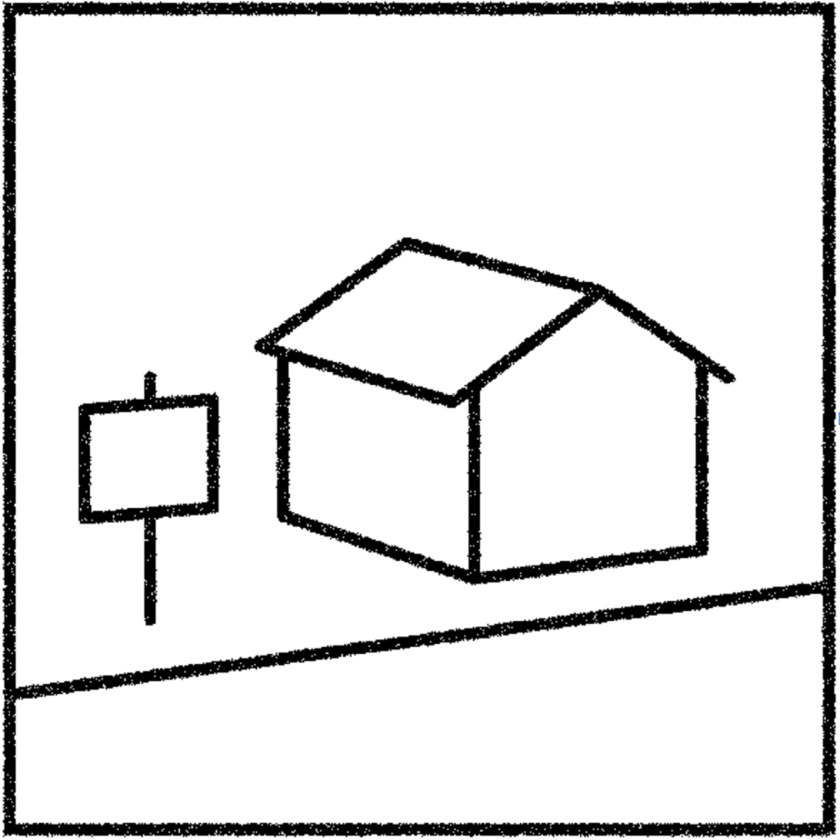iii
Benchmark graph and analysis

Of course, one of the natural things which determines the value of a property is its size, location and the time of sale. With respect to the latter two of these (location and time of sale) we perform two forms of adjustment to be able to compare across time periods and regions. First, similar to how the monthly house price inflation numbers are calculated, we take the median value of house price in a given month (if all values were ranked lowest to largest, the median value would be the middle number and is a measure of average which stops large outliers affecting it) and then divide the house price for this and then multiply by the median house price for 2021 [to change as data is updated]. In effect, this makes all prices adjusted as if the sale was made in 2021. Then, with this adjusted data, we then look at each area code (the first part of the post code) and take the median value of each of these, divide the adjusted price paid by this and then multiply by the average of all area codes.
With respect to size for our benchmark analysis we use graphs like the following which is performed for all properties in the combined dataset. In this we present a number of things simultaneously. The vertical axis presents the price per square meter, that is, the adjusted price paid (as discussed above) divided by the size of the property. Then, on the horizontal axis we have the size of the property. Thus, it can be seen in this analysis that one pays proportionally less for larger properties. For example, the average price per square meter for a 80 square meter property is £3,527; thus the total price would be £282k. For a property double the size, the average price per square meter is £3,080 and thus the total property price is £493k, only 75% higher (that is, not double). Why might this be the case? We can see two reasons, but we suspect there is more. One is just that as houses get bigger there is a smaller pool of potential buyers and thus prices are relatively cheaper. A second reason is that there are lots of fixed costs to any property (the four walls surrounding it, all the utilities set up and so on); these costs will be similar for small and big properties thus leading to this type of impact.
Two other things are presented in these benchmark graphs. First, we have confidence intervals in estimating these relationships. Here our confidence intervals are set to 95% and these present the interval over which the potential estimated relationship is. This line is estimated based on the data and in this instance, the confidence interval is telling us that size is a good predictor of price per square meter. The other component presented in the graph is the range of sizes of properties. Looking along the horizontal axis, where the line is drawn represents 90% of the data. That is, the smallest 5% and largest 5% of properties are not either end of the line, but the middle 90% is presented in the diagram. This means that, for example, the biggest 5% of properties sold in the UK are larger than 180 square metres.